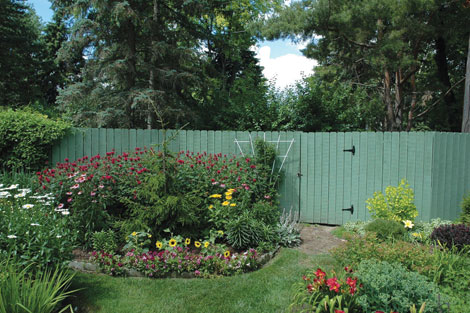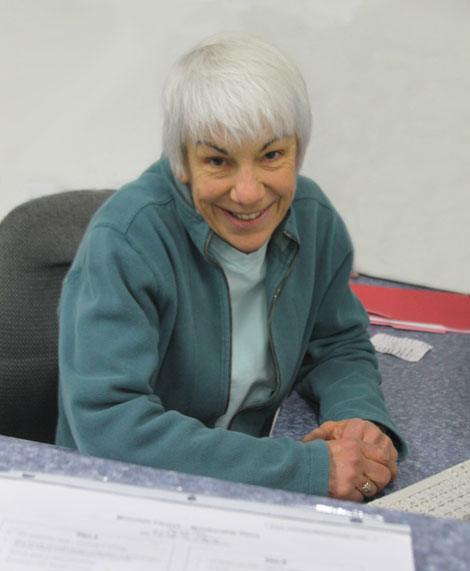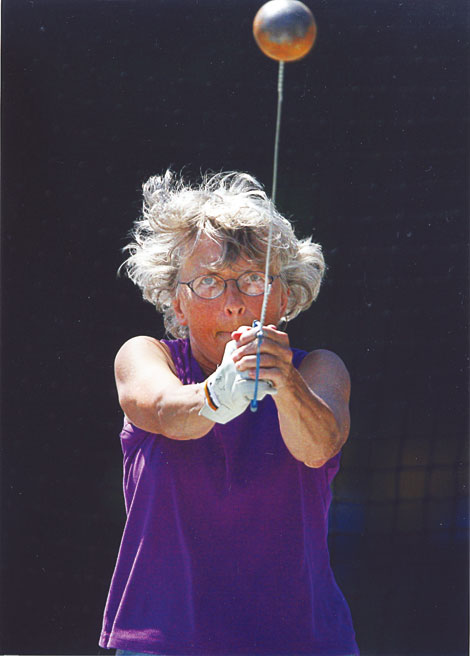With fall around the corner, think of your lawn’s health
Do just one thing this fall and you can improve the health and vigor of your lawn. Fall fertilization helps lawns recover from the stresses of summer and provides needed nutrients to grow deeper roots and a denser stand of grass. And that means fewer weeds and a healthier lawn that’s more resistant to drought, insects and diseases.
Fertilize around Labor Day as the temperatures begin to cool and lawns start spreading outward instead of growing upward. Continue to leave clippings on the lawn. They return nutrients, moisture and organic matter to the soil. Consider it free fertilizer applied every time you mow the lawn.
One fall application will give low maintenance lawns the nutrient boost they need. You’ll have a healthier lawn with minimal care.
Increase the quality and improve the lawn’s ability to withstand and recover from wear and tear with a second application. Apply fertilizer in late fall between Halloween and Thanksgiving, but before the ground freezes. Those growing warm season grasses should make the last application in early October at least one month prior to the first killing frost.
No need to purchase a winterizing fertilizer. Most soils have high to excessive levels of phosphorous and potassium. Have a soil test first if you suspect your lawn is deficient in these nutrients. You’ll save money and harm to the environment by using the right product.
Consider using a slow release, organic nitrogen fertilizer like Milorganite (milorganite.com) that helps improve the soil, while providing needed nutrients. Research discovered that as the microorganisms work on releasing the nutrients from its pellets they also make some of the phosphorous, which promotes root development, as well as potassium, which promotes hardiness and disease resistance, that is bound to the soil available to the grass plants.
Continue to mow high as long as the grass continues to grow. You can gradually reduce the mowing height for winter if desired.
Once you see the improvement in your lawn, you may be inspired to adopt the holiday fertilization schedule. Adding one or two additional fertilizer applications can greatly increase your lawn’s health, vigor, wear resistance and ability to tolerate drought and pests.
Those growing warm season grasses can begin fertilizing around Easter once the grass begins growing. Make additional applications around Memorial Day and the recommended fall date. Those growing cool season grasses should wait until Memorial Day to start fertilizing in addition to the two fall applications. Add a mid-summer application of slow release fertilizer for irrigated lawns.
Fall fertilization is the first step in growing a healthy lawn next year. Do this one thing this fall and you will decrease your lawn care challenges and workload next year.



